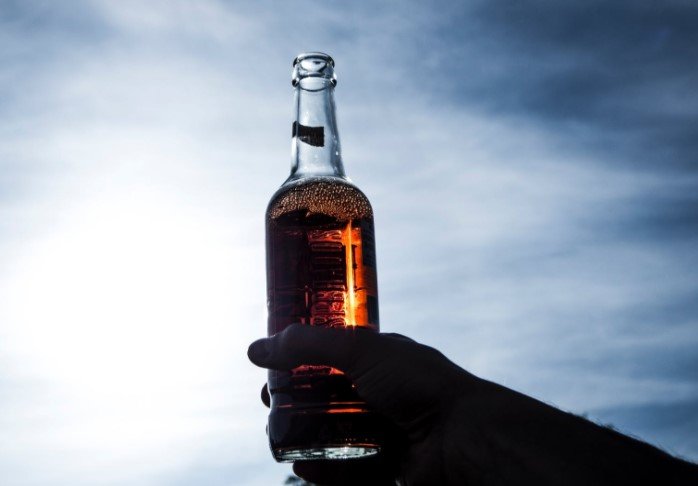Alcoholism is a common terminology used in the society but doctors, researchers, laypersons, and other professionals need an agreement or synchronization of what establishes the different phases of alcohol usage like early, chronic, and end-stage.
Alcoholism stages
- Early stage – Occasional binge drinking symbolizes people to be of this group
- Chronic stage – Has been drinking daily for years, which can have caused family conflicts and job losses
- End-stage – A person is not drinking alcohol but it is vice versa. Years of habit and withdrawal symptoms make it hard for them to quit and so they need professional help
Alcohol abuse levels differ but the DSM-5 offers clinicians 11 factors [symptoms], which guide them to diagnose the stage and severity of alcohol use disorder.
DSM-5 [11 factors]
In past year have you –
- Ended up drinking more than intended
- Desired or tried to cut down drinking but couldn’t
- Spent plenty of time drinking due to sickness or other after effects
- Craved to drink so badly that you could not think clearly about other responsibilities
- Drinking hindered with family care, caused job issues and more
- Continued drinking even though it caused conflicts with family and friends
- Abstained from activities, which you otherwise were interested in due to drinking
- After drinking got involved in unsafe situations, where you could possibly get hurt
- Continued drinking even though you felt depressed or it added other health issues or you suffered from memory blackout
- Your regular amount of drinks has less effect, so you increased the quantity many times
- When drinking the effects wore off, you suffered withdrawal symptoms like shakiness, nausea, restlessness, sleep issues, seizure, etc.
Alcohol Use Disorder [AUD] severity
Minimum 2 of the above symptoms means you possess AUD. Its severity –
- Mild – When 2 to 3 symptoms are present
- Moderate – When 4 to 5 symptoms are existing
- Severe – When 6 and more symptoms are identified
Overall, the DSM-5 11 factors deal with physical as well as psychological elements of AUD. Severe AUD needs interference from the alcohol recovery rehab professionals.

Besides clinical factors, let’s even understand how to figure out if our loved one is having drinking issues. Emotions run high, explanation and denials cause confusion. It becomes hard to draw line between acceptable and beyond acceptable levels. Before they become dependent get to know the warning signs of alcohol addiction.
Warning signs of alcoholism to look for –
- Hiding or lying about drinking
- Drink to get temporary relief from depression, stress, anxiety and other life problems
- Regular black out episodes
- Unable to stop once you open a bottle, means no control
- Drinking in situations, when you must not imply alcohol is the main priority
- Neglecting responsibilities
- Having relationship conflicts
- Drinking more than before to get drunk
- Experiencing withdrawal from hangover
- Trying hard to quit alcohol drinking but fail
If you find multiple warning signs in your loved ones then the possibility that his/her dinking has gone beyond acceptable point strengthens. The latter 5 symptoms are alcohol addiction signs and will need professional help or a stay at some rehab center to get treated.